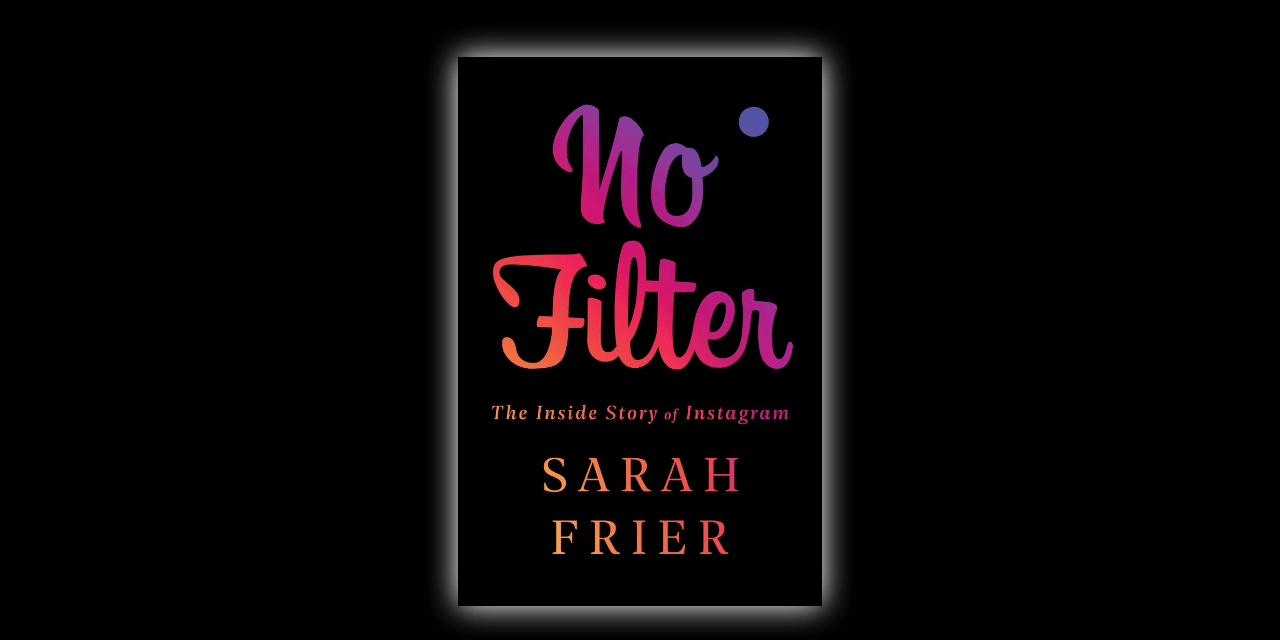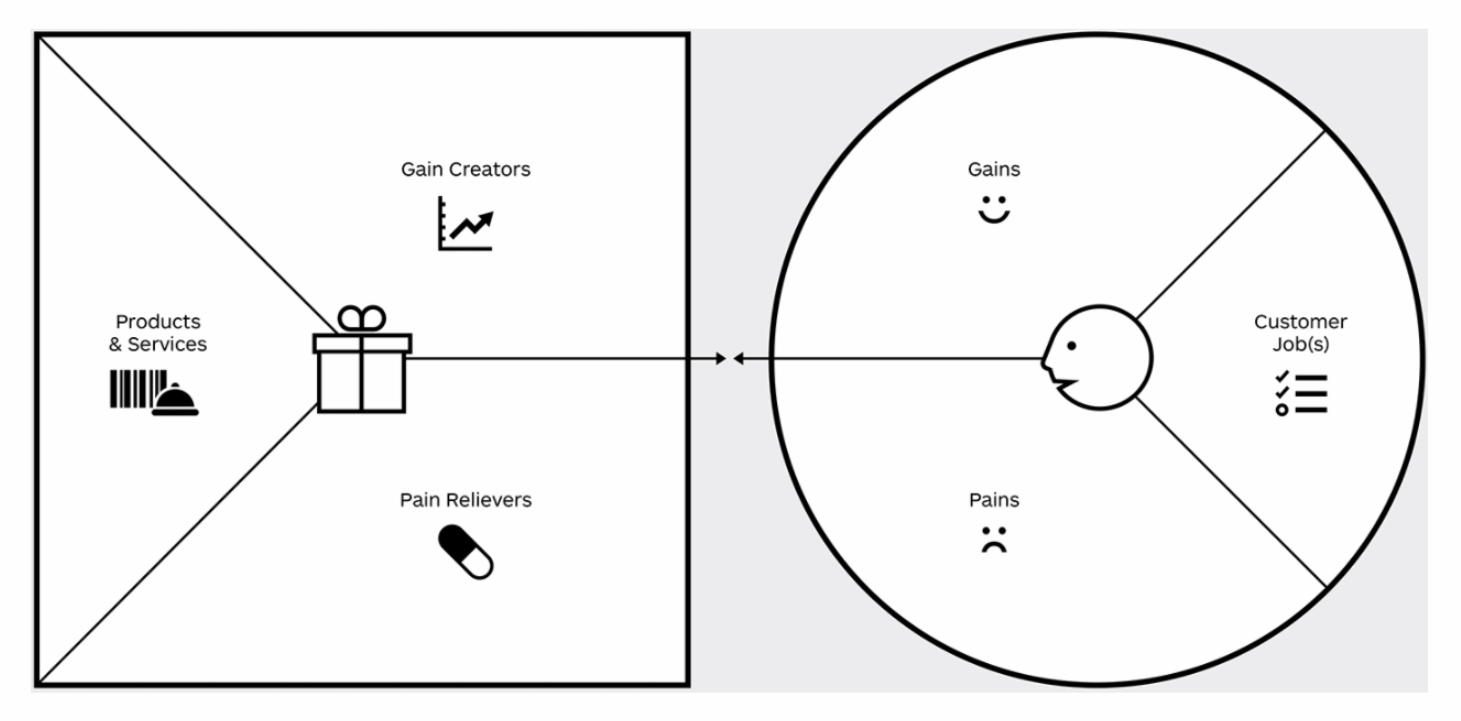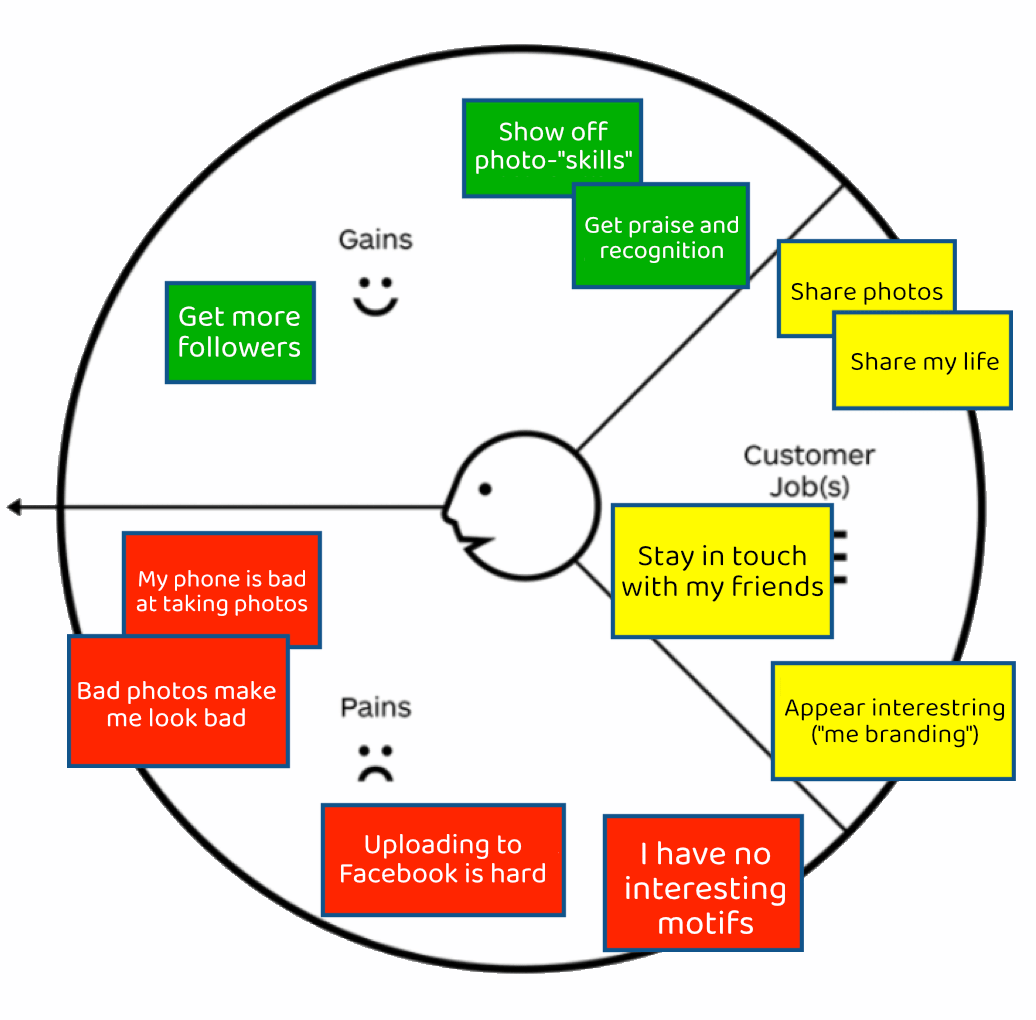Why Instagram chose to focus on photography

It's an old saying that your product or service should solve a problem for your users. "Fall in love with the user's problem, not your own idea."
There are tons of examples. From the small things that help us in our everyday lives to the iPhone which was launched as the solution to, primarily, the lack of usability in smartphones pre-2007.
In an episode of the Internet History Podcast one of the founders of DoubleClick shares that their strategy was to always ask, "What big problems are we going to solve?".
In her recent book on the inside story of Instagram, 'No Filter', Sarah Frier tells the story of Instagram, which was founded by Kevin Systrom and Mike Krieger. It's a fascinating story about an idea which changed its focus and became one of the biggest and most important social platforms.
And that shift started with choices (also on what not to do) and a sharp focus on – you guessed it – solving problems for the users.

Kevin Systrom had managed to raise capital but he started sensing that, perhaps, the investors didn't have enough interest or faith in the project. He realized that it's not enough to have a product which is fun to use:
"Systrom knew their product was fun, but was it useful? Did it solve a problem most people had in their lives? The question was a tipping point, sending Systrom and Krieger back to the drawing board."
This became a defining focus for the app which wasn't called Instagram yet:
"The founders took over a whiteboard in one of the Dogpatch Labs conference rooms and had a brainstorming session that would serve as the foundation for their entire leadership philosophy: to ask first what problem they were solving, and then to try and solve it in the simplest way possible."
Bad photos
The major problem identified by Systrom and Kriger was, that people wanted to take photographs with their smartphones, but the pictures weren't that good. This created the need to make them better/pretty – by using filters.
Filter apps were around even then, but Instagram could add something unique: Sharing the photos with friends, family and followers while gathering more followers and likes (and following others). The edited photos could easily be shared to other platforms, among them Twitter.
Facebook had the disadvantage that photos on a mobile phone had to be uploaded through the 'Facebook Album' – a tool built to people with digital cameras. Add to that the fact that Instagram was the easiest way to share images on Twitter.
So, it wasn't about how Instagram created filters for us all to use them and show off (well, not just that anyway) – it was about solving a major problem: Photos taken with a phone weren't pretty good back then.

Focusing is about saying no
Instagram – at that time still called 'Burbn' – had three core value propositions or functions:
- People could tell others, where they we going out and others could join them
- They could upload and share their photos
- ...and get digital rewards for completing various tasks.
They needed to focus. Systrom and Krieger discovered that it was in the photo space there were most users with a need. Sarah Friers writes:
"Not everybody needed plans or prizes. Systrom circled 'photos.' Photos, they decided, were ubiquitous, useful to everybody, not just young city dwellers. 'There’s something around photos,' Kevin said. His iPhone 3G took terrible pictures, but it was only the beginning of that technology. 'I think there will be an inflection point where people don’t carry around point-and-shoots anymore, they’re just going to carry around these phones.' Everyone with a smartphone would be an amateur photographer, if they wanted to be."
This is another important point when building products: It's better to build a product or a service which focusses on one thing – and do that really well – than to build something which is suppose to do a lot of things at once.
As Steve Jobs said, "focusing is about saying 'no'".
For Instagram, the choice perhaps wasn't that hard – because they understood that the had to build something that would solve a problem. They also knew that they needed to address users living outside the major cities. Usually, it can be very hard to say no in order to focus.
A tool
If you want to focus on solving your users' problems the Value Proposition Canvas is an obvious place to start. It's a little brother/sister to the Business Model Canvas, which is about building business models.
The Value Proposition Canvas is about building, well, value propositions – through intense focus on the users and their situations and problems:

Let's try a quick and dirty usecase for the right hand side of the model which focuses on the users. Just to see it in effect.
On the right hand side you'll find:
- Customer Jobs (also called 'Jobs To Be Done'): Here we focus on the tasks people actually are trying to complete and get done.
- Pains: The problems people encounter – either while trying to get their Jobs done or while using your solution or another.
- Gains: These are the "rewards" etc. people are looking to achieve.
When working with "jobs" and "pains" the focus is on solving, which "gains" are about supporting – and helping to achieve. Let's use some of the Instagram story as a quick example:

When you have the right hand side mapped out (you'll need a lot more post-its than that, obviously) you mirror what you know about your users and create a value proposition.
The Instagam founders didn't use Value Proposition Canvas in those days, but the tool helps you through the same thought and learning process. Consider using it the next time you are about to brainstorm, develop something new or update something existing.
(Systrom later got interested in the Jobs To Be Done framework – but that is for a later post 😉)
A word of caution
Even though Systrom and Krieger did the right thing by focusing on helping their users solve their problems, they couldn't see the negative consequences of their choices – by adding filters, for instance.
Because, even though filters were about making bad photos look better, they ended up being about making reality prettier than it really is.
This is one of the forces released by Instagram (and others, of course) which still characterizes – and plagues – the platform today. It can be very hard to avoid those side effects, but it is a sobering reminder to us all about how the consequences of the choices we make early in the process, can have.

Thank you for your time. Email me at lars@larskjensen.dk if you have any questions or comments.